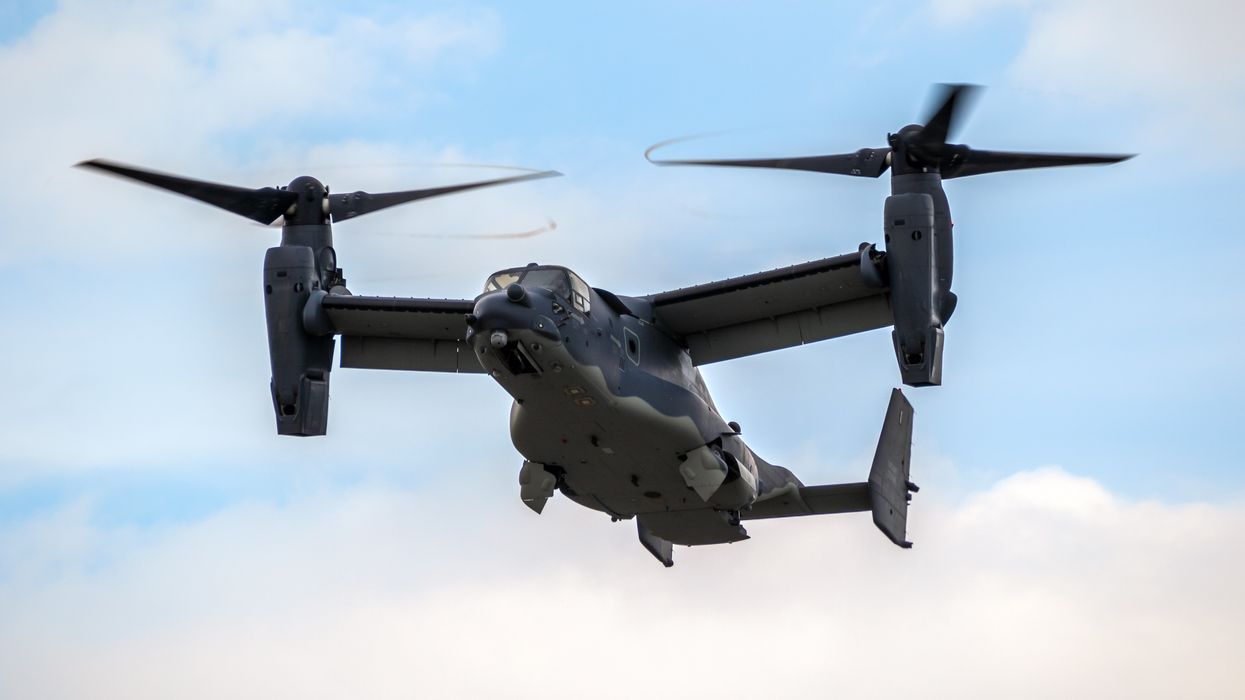American weapons makers continue to dominate the global arms industry, with four U.S.-based companies in the world’s top five military contractors, according to a new Defense News ranking of the top 100 defense firms.
In 2022, America’s top five weapons contractors made $196 billion in military-related revenue, according to Defense News. Lockheed Martin dominated all other defense-focused companies, with total military revenue of roughly $63 billion last year. RTX, formerly known as Raytheon Technologies, was a distant second, earning roughly $40 billion in revenue in 2022.
The same five American “prime” contractors have long dominated lists of the world’s biggest arms manufacturers. Lockheed Martin, Northrop Grumman, RTX, Boeing and General Dynamics have remained in the top seven of the Defense News ranking since it began in 2000.
Notably, several Chinese firms have expanded their military operations in recent years as tensions have risen between the U.S. and China. Four Chinese companies are now in the top 20, including one — the Aviation Industry Corporation of China — that became the world’s fourth largest military contractor last year.
The top 5 for 2022 are as follows: Lockheed Martin, RTX, Northrop Grumman, Aviation Industry Corporation, and Boeing.
The U.S., for its part, had 10 companies in the top 20. Italy, the Netherlands, France and the United Kingdom each had at least one of the world’s 20 biggest military firms last year.
The new dataset highlights the extent to which American military contractors rely on government contracts to stay afloat. In 2022, U.S.-based primes got 71 percent of their total revenue from public contracts. Lockheed Martin is by far the most reliant on taxpayer dollars, earning 96 percent of its total revenue from military contracts.
As RS recently reported, these companies invested much of these earnings into controversial stock buybacks, which are meant to attract investors by keeping share prices high; Lockheed Martin alone spent $5.8 billion on stock repurchases last year.
The big five saw a three percent drop in revenue over the past year when compared to fiscal year 2021. But this year’s numbers are unlikely to signal a long-term trend given that many top weapons firms have reported record levels of new orders for military equipment, driven in part by the war in Ukraine.
















